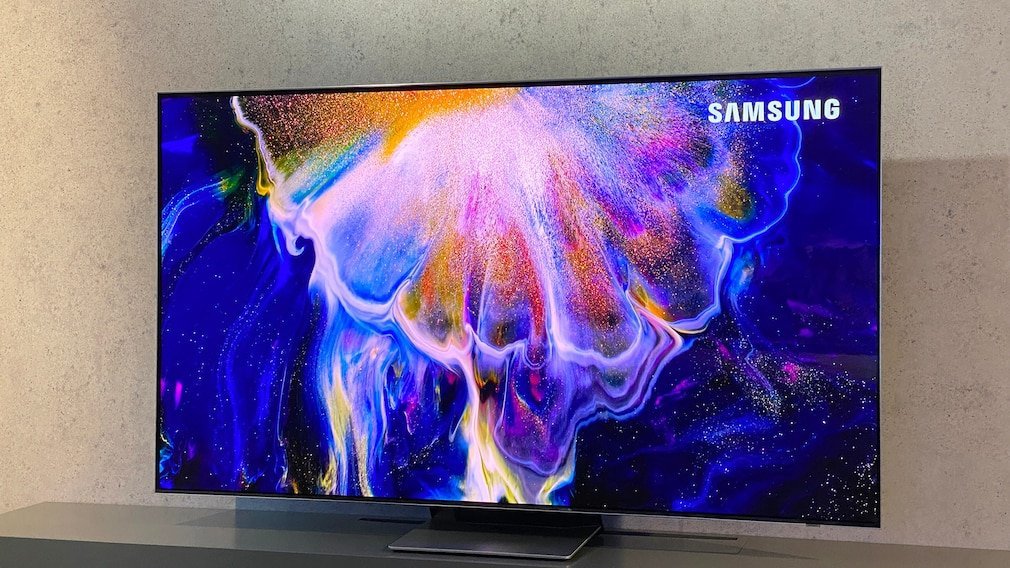Correction 7 June 2022: Samsung has earlier released firmware update 1211 on the S95B OLED to rectify this problem, such that there's no discrepancy in measurements using different window sizes.
Samsung Electronics has reportedly promised to update its TV software after being caught cheating in benchmark tests to make its displays appear more realistic than they actually are.

HDTVTest chief reviewer Vincent Teoh first highlighted the issue during his review of Samsung’s S95B QD-OLED TV, and other sites have since identified other TV models where the company has also cheated.
Most TV reviewers, calibrators and certification bodies use a standard 10% window in their HDR testing, using just 10% of the display to carry out their tests. Within this window, reviewers measure multiple aspects, such as the TV’s colours and brightness. With most TVs this is fine and produces accurate results, but Samsung has apparently figured out a way to trick the testers. Its TVs have apparently been programmed to recognise this 10% window during testing and adjust their picture output so that the measurements taken appear to be more accurate than they are in reality.
However, when using a non-standard window such as 9%, the software doesn’t realise a test is being performed and it apparently shows its “true colours”.
A report in FlatPanelsHD says that Samsung’s QN95B Neo QLED TV also using a “cheating algorithm” to trick reviewers. In that case, it not only displays fake data around colour and luminance, which appear to be extremely accurate, but also momentarily boosts the TV’s peak brightness by around 80%, from 1,300 nits to 2,300 nits, FlatPanelsHD said.
The Samsung QN95B Neo QLED TV reportedly does this by sending “short bursts into the miniLED backlight” that cannot otherwise be sustained without damaging the display. FlatpanelsHD said its tests showed no evidence of the TV surpassing 1,300 nits when displaying “real content”.
FlatPanelsHD said Samsung is “cheating” by “trying to trick reviewers and other parties”.
While refusing to concede that it has been cheating reviewers and other organisations, Samsung Electronics said in a statement that it will provide a software update “that ensures consistent brightness of HDR contents across a wider range of window sizes” beyond the industry standard, in order to “provide a more dynamic viewing experience”.